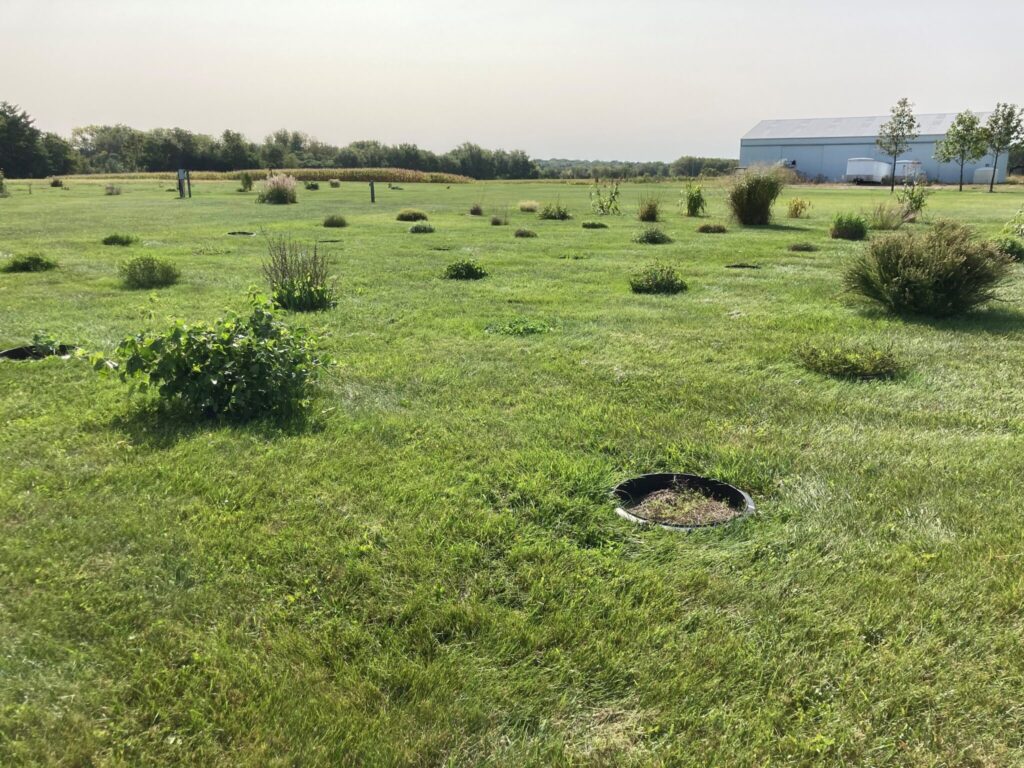Plants are around us no matter where you live. I am challenged with plant identification as an agriculturalist and enjoy learning to identify plants that are not in production agriculture, too. This week I was asked to help a producer identify a weed growing in a recently seeded orchardgrass field. Purslane was the plant in question. An email request was shared this week with me about identifying plants in a pasture that may have caused several beef cattle deaths. Did poisonous plants or another concern cause cattle deaths? Learning how to identify plants is a worthy skill.
Too many of us learned how to identify poison ivy from the unfortunate contact we had with it on a hike or learned how to identify it from someone else that felt itchy discomfort. Some individuals have taken an interest in foraging out food resources in the great outdoors. They took time to learn what was edible, would cause a stomach ache, or even death if a plant or parts of a plant made it to their mouths and swallowed. One cannot be most effective in controlling a pesky plant in a field where there are desirable plants without identifying the pesky plant. Can the problematic plant be controlled with cultivation, or crowded out with proper fertilization and reduced grazing pressure? What herbicides will best control the weed without doing harm to the desired plants?
Early in my career, I would identify plants with library-type books, field guides and plant identification keys. When using a key, it is imperative that you learn plant morphology terms first or the key will have little value. Decades later, I still find these resource materials useful but there are abundant online resources and a few great apps that can help narrow down what the plant in question may be.
At the Purdue University Crop Diagnostic Training and Research Center there are over 40 large tile rings planted singly to common Midwest USA forages. Most impressive are the over 300 tile rings (by my guesstimate) that have a weedy-type plant in each ring. The hours of time taken by Diagnostic Training Center staff to manage the plants in the rings in a year are many; the value the rings give helping educate agriculturalists about plant identification and management is immense.

Many forage species at the Purdue University Crop Diagnostic Training and Research Center are used for identification education. Photo contributed by Keith Johnson, Purdue University Extension Forage Specialist
Keith Johnson, Purdue University Extension Forage Specialist


